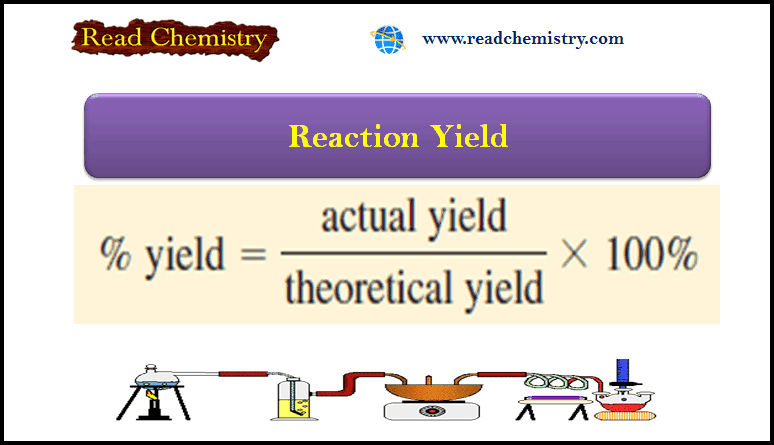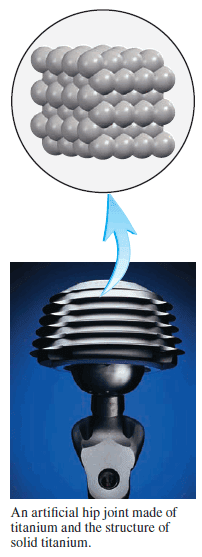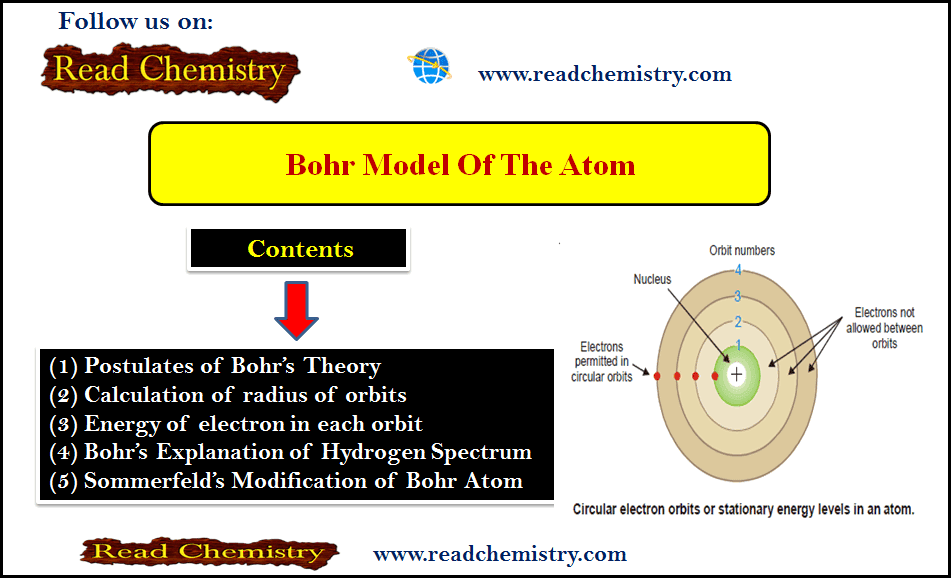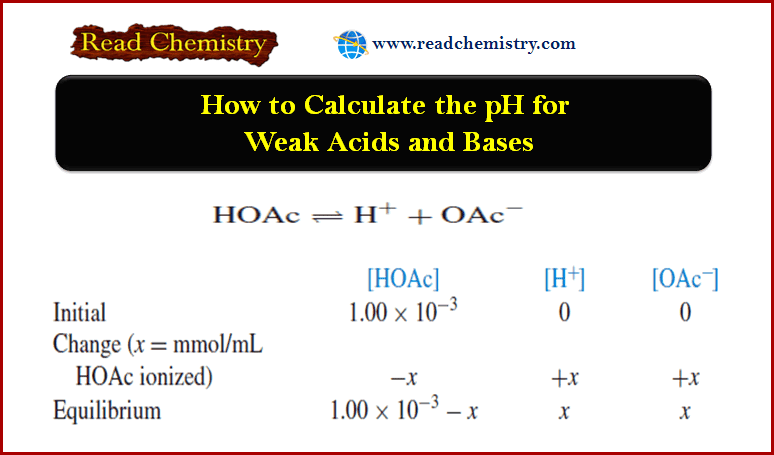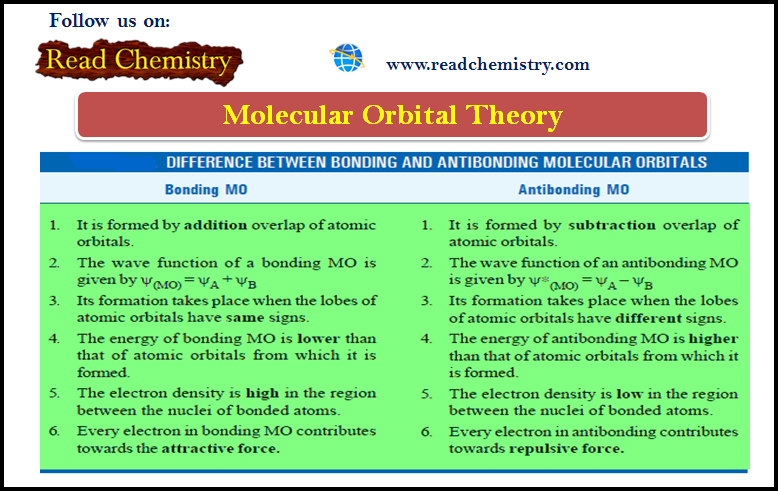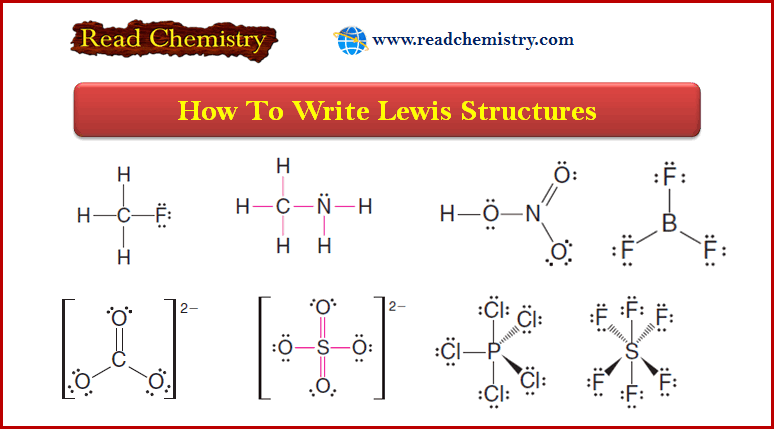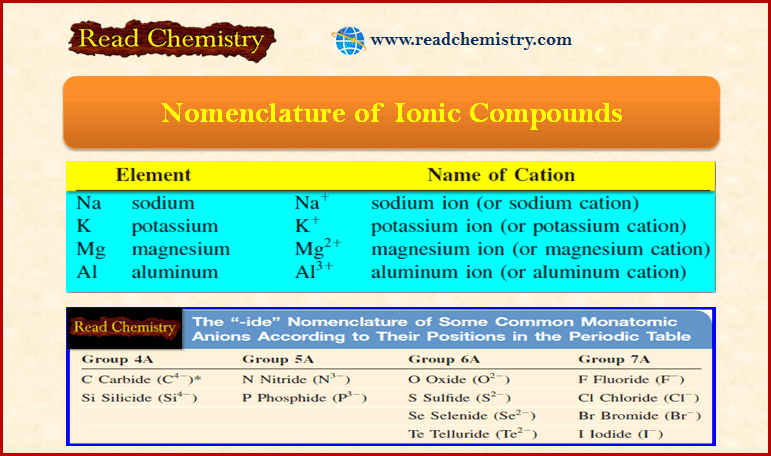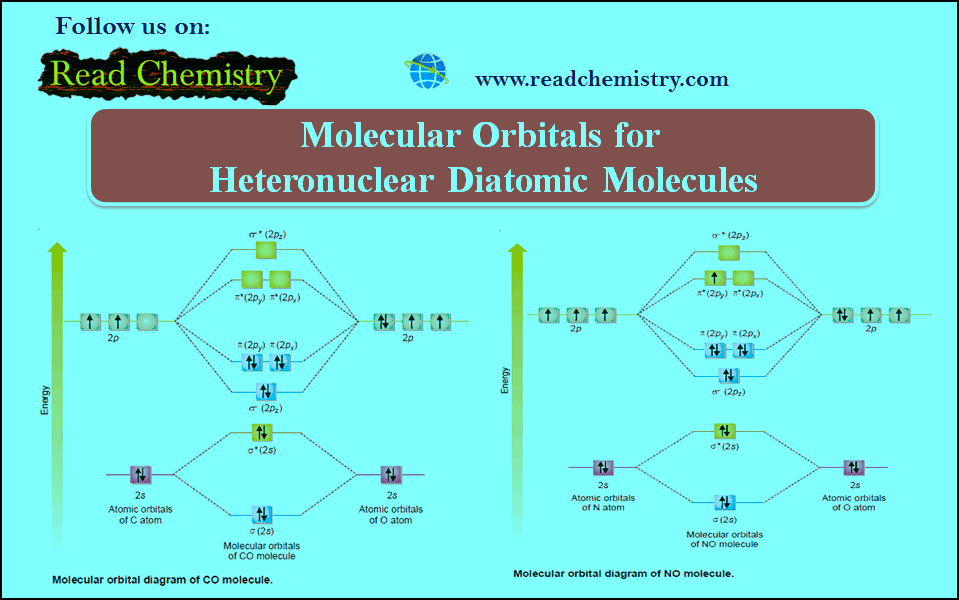Reaction Yield – How to Calculate Reaction Yield?
Reaction Yield
– The amount of limiting reagent present at the start of a reaction determines the theoretical yield of the reaction, that is, the amount of product that would result if all the limiting reagents reacted.
– The theoretical yield, then, is the maximum obtainable yield, predicted by the balanced equation.
– In practice, the actual yield, or the amount of product obtained from a reaction, is almost always less than the theoretical yield.
– There are many reasons for the difference between actual and theoretical yields because of:
(1) Many reactions are reversible, and so they do not proceed 100 percent from left to right.
– Even when a reaction is 100 percent complete, it may be difficult to recover all of the product from the reaction medium (say, from an aqueous solution).
(2) Some reactions are complex in the sense that the products formed may react further among themselves or with the reactants to form still other products.
– These additional reactions will reduce the yield of the first reaction.
– To determine how efficient a given reaction is, chemists often figure out the percent yield, which describes the proportion of the actual yield to the theoretical yield. It is calculated as follows:
– Percent yields may range from a fraction of 1 percent to 100 percent.
– Chemists strive to maximize the percent yield in a reaction.
– Factors that can affect the percent yield include temperature and pressure.
– In the following example, we will calculate the yield of an industrial process.
Solved Problem on Reaction Yield
Titanium is a strong, lightweight, corrosion-resistant metal that is used in aircraft bodies, jet engines, bicycle frames, and artificial joints. It is prepared by the reaction of titanium(IV) chloride with molten magnesium between 950 oC and 1150 oC:
In a certain industrial operation, 2.84 × 107 g of TiCl4 is reacted with 1.09 × 107 g of Mg.
(a) Calculate the theoretical yield of Ti in grams.
(b) Calculate the percent yield if 5.97 × 106 g of Ti are obtained.
(a) Strategy:
– Because there are two reactants, this is likely to be a limiting reagent problem.
– The reactant that produces fewer moles of product is the limiting reagent.
– How do we convert from amount of reactant to the amount of product?
– Perform this calculation for each reactant, then compare the moles of product, Ti, formed.
Solution:
– Carry out two separate calculations to see which of the two reactants is the limiting reagent.
– First, starting with 2.84 × 107 g of TiCl4, calculate the number of moles of Ti that could be produced if all the TiCl4 reacted.
– The conversions are
– Next, we calculate the number of moles of Ti formed from 1.09 × 107 g of Mg. The conversion steps are:
– Therefore, TiCl4 is the limiting reagent because it produces a smaller amount of Ti. The mass of Ti formed is
(b) Strategy:
The mass of Ti determined in part (a) is the theoretical yield. The amount given in part (b) is the actual yield of the reaction.
Solution:
The percent yield is given by:
Check:
Should the percent yield be less than 100 percent?
Reference: Organic chemistry / T.W. Graham Solomons, Craig B.Fryhle, Scott A. Snyder, / ( eleventh edition) / 2014.

